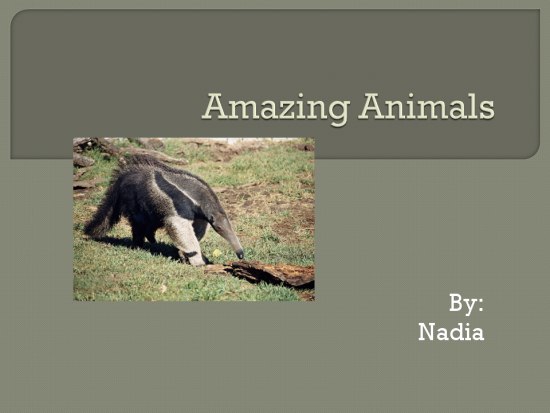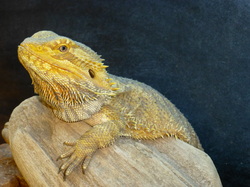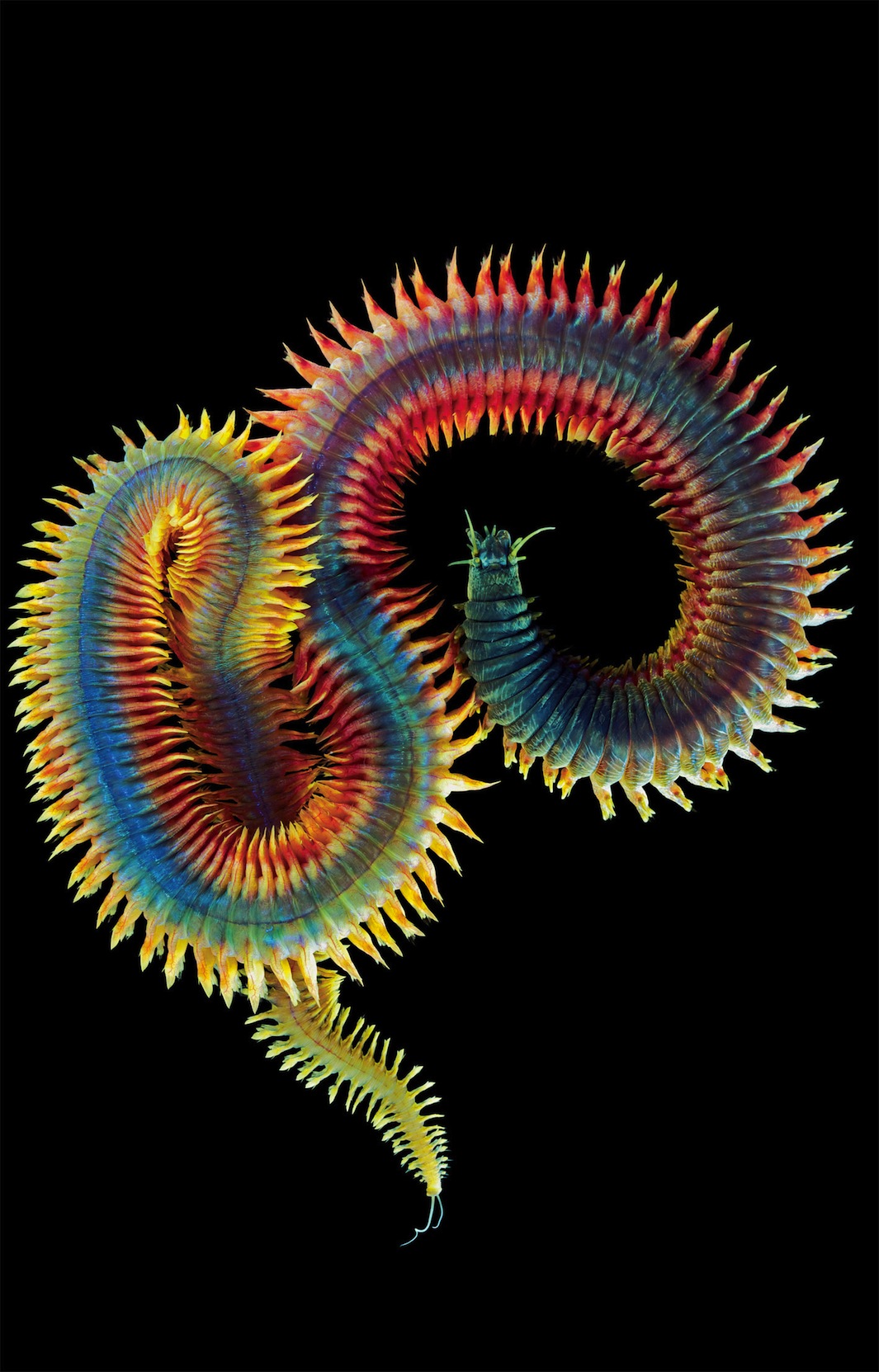Amazing Animals Biography
Source Link Goggle.com.pkBiological classification, or scientific classification in biology, is a method of scientific taxonomy used to group and categorize organisms into groups such as genus or species. These groups are
Modern biological classification has its root in the work of Carolus Linnaeus, who grouped species according to shared physical characteristics. These groupings have since been revised to improve consistency with the Darwinian principle of common descent. With the introduction of the cladistic method in the early 20th century, formalized by Willi Hennig in the mid-20th century, phylogenetic taxonomy in which organisms are grouped purely on inferred evolutionary relatedness (based either on classical evidence of morphology, chemistry, physiology, ecology or molecular evidence or both) has become common in biology.[1] Molecular phylogenetics, which uses DNA sequences as data, has driven many recent revisions and is likely to continue doing so. Biological classification belongs to the science of biological systematics.Biological classification has been defined by Ernst Mayr as "The arrangement of entities in a hierarchical series of nested classes, in which similar or related classes at one hierarchical level are combined comprehensively into more inclusive classes at the next higher level." A class is defined as "a collection of similar entities".[2] (Note that the word "class" is used quite separately for one of the levels in the
Biological classification is based on shared descent from their nearest common ancestor. Accordingly, the important attributes or traits for biological classification are 'homologous', i.e., inherited from common ancestors.[3] These must be separated from traits that are analogous. Thus birds and bats both have the power of flight, but this similarity is not used to classify them into a taxon (a "class"), because it is not inherited from a common ancestor. In spite of all the other differences between them, the fact that bats and whales both feed their young on milk is one of the features used to classify both of them as mammals, since it was inherited from a common
Determining whether similarities are homologous or analogous can be difficult. Thus until recently, golden moles, found in South Africa, were placed in the same taxon (insectivores) as Northern Hemisphere moles, on the basis of morphological and behavioural similarities. However, molecular analysis has shown that they are not closely related, so that their similarities must be due to convergent evolution and not to shared descent, and so should not be used to place them in the same taxon.[4]A classification as defined above is hierarchical. In a biological classification, rank is the level (the relative position) in a hierarchy. (Rarely, the term "taxonomic category" is used instead of rank.) The International Code of Zoological Nomenclature defines rank, in the
The level, for nomenclatural purposes, of a taxon in a taxonomic hierarchy (e.g., all families are for nomenclatural purposes at the same rank, which lies between superfamily and subfamily).[5]
There are seven main ranks defined by the international nomenclature codes: kingdom, phylum/division, class, order, family, genus, species. "Domain", a level above kingdom, has become popular in recent years, but has not been accepted into the codes. Ranks between the seven main ones can be produced by adding prefixes such as "super-", "sub-" or "infra-". Thus a subclass has a rank between class and order, a superfamily between order and family. There are slightly different ranks for zoology and for botany, including subdivisions such as tribe.
Ranks are somewhat arbitrary, but hope to encapsulate the diversity contained within a group—a rough measure of the number of diversifications that the group has been throughCurrent systems of classifying forms of life descend from the thought presented by the Greek philosopher Aristotle, who published in his metaphysical works the first known classification of everything whatsoever, or "being". This is the scheme that gave such words as "'substance", "species", and "genus", and was retained in modified and less general form by Linnaeus.
Aristotle also studied animals and classified them according to method of reproduction, as did Linnaeus later with plants. Aristotle's animal classification was eventually made obsolete by
The philosophical classification, in brief, is as follows:[7] Primary substance is the individual being; for example, Peter, Paul, etc. Secondary substance is a predicate that can properly or characteristically be said of a class of primary substances; for example, man of Peter, Paul, etc. The characteristic must not be merely in the individual; for example, being skilled in grammar. Grammatical skill leaves most of Peter out and therefore is not characteristic of him. Similarly man (all of mankind) is not in Peter; rather, he is in man.
Species is the secondary substance that is most proper to its individuals. The most characteristic thing that can be said of Peter is that Peter is a man. An identity is being postulated: "man" is equal to all its individuals and only those individuals. Members of a species differ only in number
Genus is a secondary substance less characteristic of and more general than the species; for example, man is an animal, but not all animals are men. It is clear that a genus contains species. There is no limit to the number of Aristotelian genera that might be found to contain the species. Aristotle does not structure the genera into phylum, class, etc., as the Linnaean classification
The secondary substance that distinguishes one species from another within a genus is the specific difference. Man can thus be comprehended as the sum of specific differences (the "differentiae" of biology) in less and less general categories. This sum is the definition; for example, man is an animate, sensate, rational substance. The most characteristic definition contains the species and the next most general genus: man is a rational animal. Definition is thus based on the unity problem: the species is but one yet has many differentiae.
The very top genera are the categories. There are ten: one of substance and nine of "accidents", universals that must be "in" a substance. Substances exist by themselves; accidents are only in them: quantity, quality, etc. There is no higher category, "being", because of the following problem, which was only solved in the Middle Ages by Thomas Aquinas: a specific difference is not characteristic of its genus. If man is a rational animal, then rationality is not a property of animals. Substance therefore cannot be a kind of being because it can have no specific difference,
The problem of "being" occupied the attention of scholastics during the time of the Middle Ages. The solution of St. Thomas, termed the analogy of being, established the field of ontology, which received the better part of the publicity and also drew the line between philosophy and experimental science. The latter rose in the Renaissance from practical technique. Linnaeus, a classical scholar, combined the two on the threshold of the neo-classicist revival now called the Age of Enlightenment.An important advance was made by the Swiss professor, Conrad von Gesner (1516–1565). Gesner's work was a critical compilation of life known at the time.
The exploration of parts of the New World by Europeans produced large numbers of new plants and animals that needed descriptions and classification. The old systems made it difficult to study and locate all these new specimens within a collection and often the same plants or animals were given different names simply because there were too many species to keep track of. A system was needed that could group these specimens together so they could be found; the binomial system was developed based on morphology with groups having similar appearances. In the latter part of the 16th century and the beginning of the 17th, careful study of animals commenced, which, directed first to familiar kinds, was gradually extended until it formed a sufficient body of knowledge to serve as an anatomical basis for classification. Advances in using this knowledge to classify living beings bear a debt to the research of medical anatomists, such as Fabricius (1537–1619), Petrus Severinus (1580–1656), William Harvey (1578–1657), and Edward Tyson (1649–1708). Advances in classification due to the work of entomologists and the first microscopists is due to the research of people like Marcello Malpighi (1628–1694), Jan Swammerdam (1637–1680), and Robert Hooke (1635–1702). Lord Monboddo (1714–1799) was one of the early abstract thinkers whose works illustrate the knowledge of species relationships and who foreshadowed the theory of evolutionSince late in the 15th century, a number of authors had become concerned with what they called methodus, (method). By method authors mean an arrangement of minerals, plants, and animals according to the principles of logical division. The term Methodists was coined by Carolus Linnaeus in his Bibliotheca Botanica to denote the authors who care about the principles of classification (in contrast to the mere collectors who are concerned primarily with the description of plants paying little or no attention to their arrangement into genera, etc.). Important early Methodists were Italian philosopher, physician, and botanist Andrea Caesalpino, English naturalist John Ray, German physician and botanist Augustus Quirinus Rivinus, and French
Andrea Caesalpino (1519–1603) in his De plantis libri XVI (1583) proposed the first methodical arrangement of plants. On the basis of the structure of trunk and fructification he divided plants .
John Ray (1627–1705) was an English naturalist who published important works on plants, animals, and natural theology. The approach he took to the classification of plants in his Historia Plantarum was an important step towards modern taxonomy. Ray rejected the system of dichotomous division by which species were classified according to a pre-conceived, either/or type system, and instead classified plants according to similarities and differences that emerged from
Both Caesalpino and Ray used traditional plant names and thus, the name of a plant did not reflect its taxonomic position (e.g., even though the apple and the peach belonged to different "higher genera" of John Ray's methodus, both retained their traditional names Malus and Malus Persica respectively). A further step was taken by Rivinus and Pitton de Tournefort who made genus a distinct rank within taxonomic hierarchy and introduced the practice of naming the plants
Augustus Quirinus Rivinus (1652–1723), in his classification of plants based on the characters of the flower, introduced the category of order (corresponding to the "higher" genera of John Ray and Andrea Caesalpino). He was the first to abolish the ancient division of plants into herbs and trees and insisted that the true method of division should be based on the parts of the fructification alone. Rivinus extensively used dichotomous keys to define both orders and genera. His method of naming plant species resembled that of Joseph Pitton de Tournefort. The names of all plants belonging to the same genus should begin with the same word (generic name). In the genera containing more than one species the first species was named with generic name only, while the second, etc. were named with a combination of the generic name and a modifier (differentia
Amazing Animals Animals PHotos Images Mating With Down Syndrome With Names To Draw In The Rainforest Wallpapers With Human Teeth
Amazing Animals Animals PHotos Images Mating With Down Syndrome With Names To Draw In The Rainforest Wallpapers With Human Teeth
Amazing Animals Animals PHotos Images Mating With Down Syndrome With Names To Draw In The Rainforest Wallpapers With Human Teeth
Amazing Animals Animals PHotos Images Mating With Down Syndrome With Names To Draw In The Rainforest Wallpapers With Human Teeth
Amazing Animals Animals PHotos Images Mating With Down Syndrome With Names To Draw In The Rainforest Wallpapers With Human Teeth
Amazing Animals Animals PHotos Images Mating With Down Syndrome With Names To Draw In The Rainforest Wallpapers With Human Teeth
Amazing Animals Animals PHotos Images Mating With Down Syndrome With Names To Draw In The Rainforest Wallpapers With Human Teeth
Amazing Animals Animals PHotos Images Mating With Down Syndrome With Names To Draw In The Rainforest Wallpapers With Human Teeth
Amazing Animals Animals PHotos Images Mating With Down Syndrome With Names To Draw In The Rainforest Wallpapers With Human Teeth
Amazing Animals Animals PHotos Images Mating With Down Syndrome With Names To Draw In The Rainforest Wallpapers With Human Teeth
Amazing Animals Animals PHotos Images Mating With Down Syndrome With Names To Draw In The Rainforest Wallpapers With Human Teeth





.jpg)




No comments:
Post a Comment